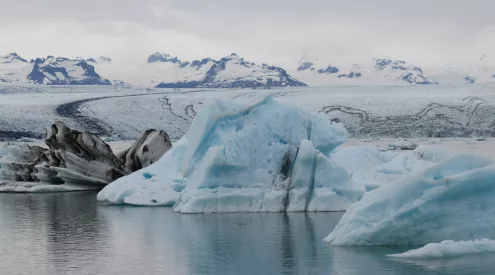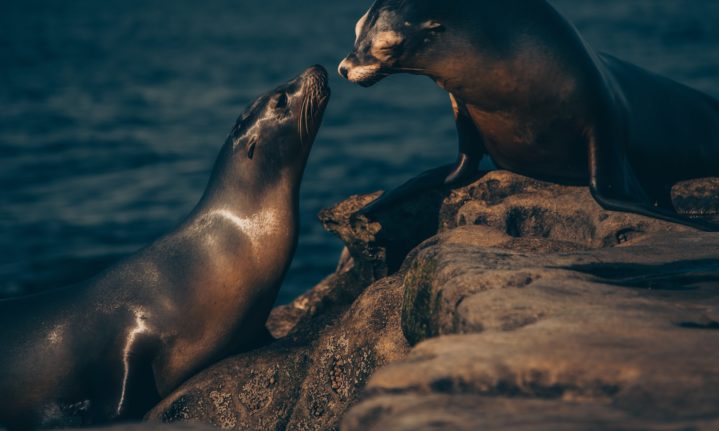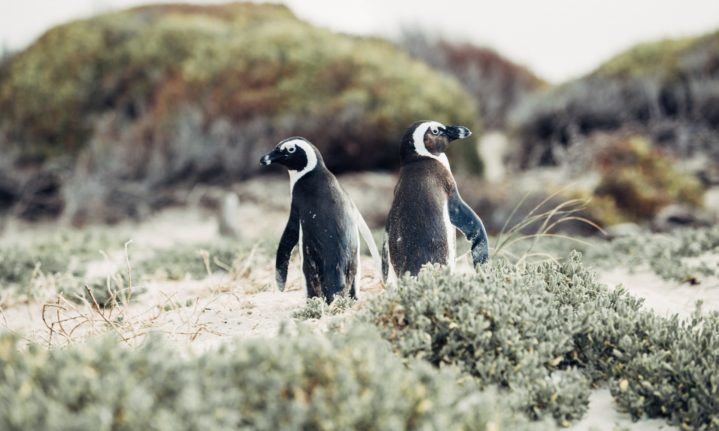iSimangaliso Wetland Park and Table Moutain marine protected areas are some of the free virtual tours on offer from the South African Association for Marine Biological Research (SAAMBR) on 1 August 2021.
‘The sea, once it casts its spell, holds one in its net of wonder forever,’ said Jacques Cousteau. And now, everyone can experience these wonders.
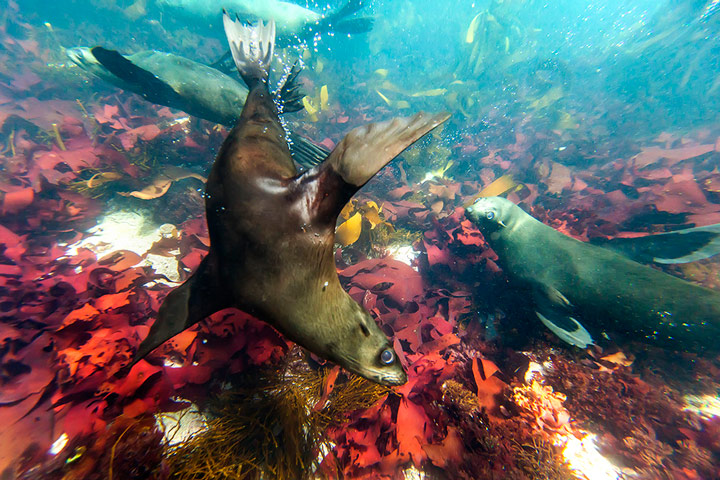
Photo by Teagan Cunniffe.
The online event is the ideal opportunity to join and experience the various Marine Protected Areas (MPA) of South Africa within the comfort of your home.
The chosen MPAs are the iSimangaliso Wetland Park and uThukela MPA in KwaZulu-Natal, and De Hoop Nature Reserve, Dyer Island and Table Mountain MPA in the Western Cape.
These virtual tours will teach viewers about each MPA’s history, ecosystems, traditional significance and meet the people who care about them. It will also be a chance to see some of the creatures that call these ecosystems home.
What is an MPA?
A Marine Protected Area (MPA) is an area of coastline or ocean that is specially protected for the benefit of people and nature.
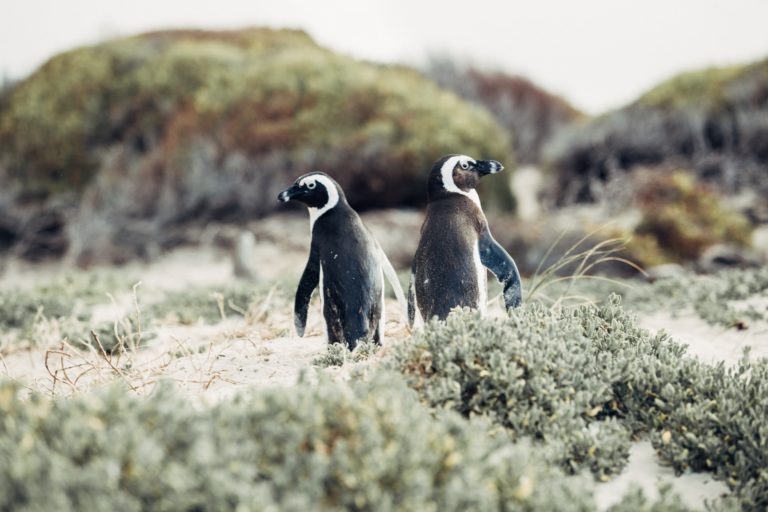
Jackass penguins within in the Table Mountain MPA. Picture: Unsplash
These areas help manage part of the marine environment to help promote fisheries, sustainability and protect the diverse range of species that help people sustainably benefit from the ocean.
The IUCN provides the global definition of an MPA as ‘A clearly defined geographical space, recognised, dedicated, and managed, through legal or other effective means, to achieve the long-term conservation of nature with associated ecosystem services and cultural values ‘
The cold Benguela current and warmer Mozambique current that flow along South Africa’s shores and the diverse coastline landscapes mean that South Africa has a wide range of habitats, such as kelp forests, estuaries, reefs, and the open ocean.
The rich diversity of coastal and ocean ecosystems in South Africa are protected through a network of MPAs, with 25 formally declared MPAs.
To join in on one of these incredible tours, be sure to register via the following link.
Also Read:
African Youth Summit to amplify young voices for ocean conservation


